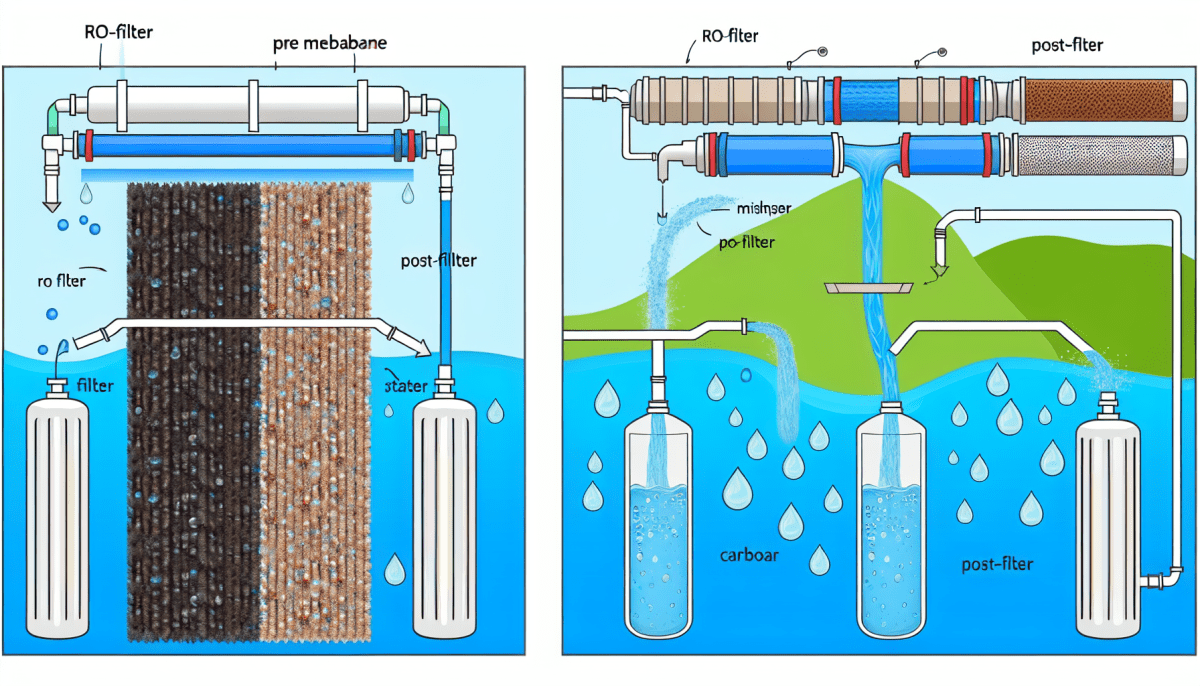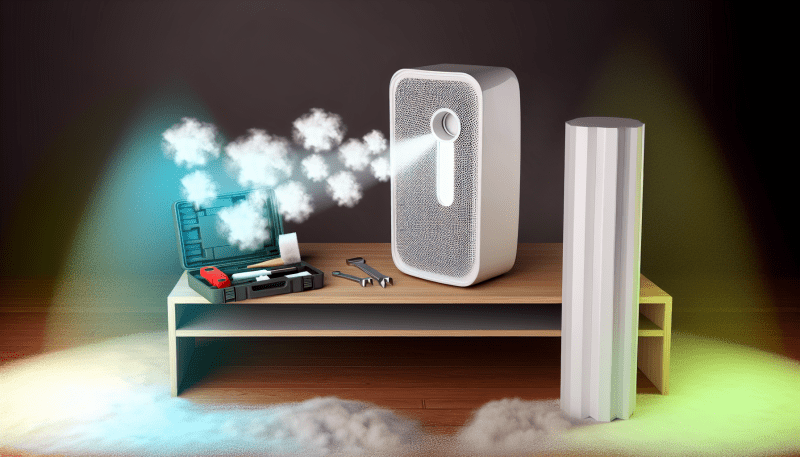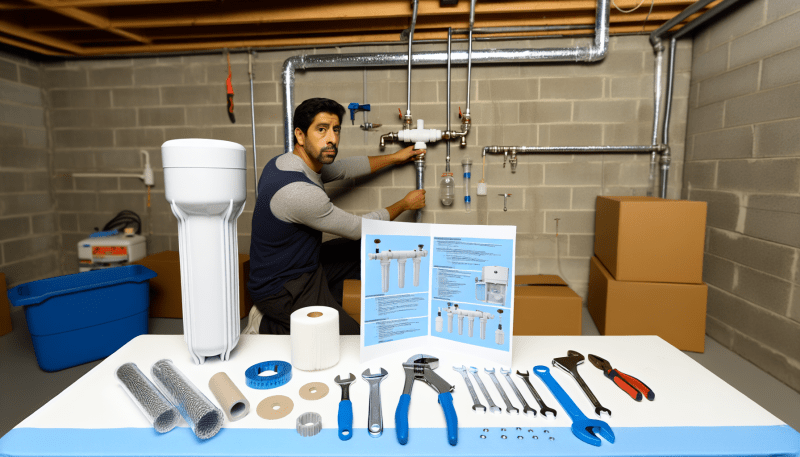When it comes to clean drinking water, you might have stumbled across the terms "reverse osmosis filters" and "carbon filters." Understanding the differences between them is essential to help you choose the best option for your home. Let's break it down in simple terms.
Reverse osmosis filters work by using a semi-permeable membrane to remove impurities from water. This process pushes water through the membrane, which catches contaminants like lead, chlorine, and other unwanted particles. The result? Clean, pure water that’s free from a lot of nasty stuff you don't want to drink.
On the flip side, carbon filters primarily focus on improving the taste and odor of your water. They work by trapping larger particles and chemicals, like chlorine, through adsorption. While they're great for removing specific tastes and smells, they aren't as effective at filtering out heavy metals and some other contaminants. So, when thinking about reverse osmosis vs carbon filters, consider what you really want from your water.
Many people find that a combination of both is the best solution. A reverse osmosis system can provide you with ultra-pure water, while a carbon filter can enhance the flavor. It's all about finding that sweet spot for your needs. If you're concerned about specific contaminants, checking out both options can help you make an informed decision.
How Carbon Filters Work
When it comes to cleaning your water, reverse osmosis vs carbon filters is a common debate. Carbon filters have been around for a while and are quite popular for a good reason. They work by using activated carbon, a super porous material that attracts and traps impurities. As water flows through these filters, contaminants like chlorine, volatile organic compounds (VOCs), and even some heavy metals stick to the carbon, effectively removing them from your drinking water.
The magic of carbon filters lies in their surface area. A tiny piece of activated carbon has a vast amount of space to catch those unwanted particles. This means that they can be very effective at improving taste and odor, making your water not just cleaner but also more refreshing to drink. Plus, they don't require electricity to operate, which can be a big plus for many folks.
One important thing to remember is that carbon filters don’t remove everything. They’re great for organic compounds and chlorine, but can struggle with certain minerals and contaminants like fluoride or heavy metals. So if you're comparing reverse osmosis vs carbon filters, consider what’s in your water and what you want to remove. In some cases, you might even find that using both systems together gives you the best of both worlds!
Maintenance is pretty straightforward too. Just remember to replace your carbon filter regularly—typically every 6 to 12 months depending on usage. It’s like changing the oil in your car; keep it fresh, and you'll have smooth sailing when it comes to clean water.
Pros and Cons of Each
Pros of Reverse Osmosis:
Cons of Reverse Osmosis:
Pros of Carbon Filters:
Cons of Carbon Filters:
Choosing the Right Filter for You
First off, let’s talk about reverse osmosis. This is a multi-stage filtration process that pushes water through a semi-permeable membrane. It effectively removes a wide range of contaminants, including heavy metals, chemicals, and microorganisms. If you're concerned about the purity of your water and want something that delivers thorough filtration, reverse osmosis might be the way to go.
On the flip side, we have carbon filters. These filters are great for improving taste and odor by trapping chlorine, sediment, and certain volatile organic compounds. They don’t remove as many contaminants as reverse osmosis systems do but are ideal if you mainly want to enhance your drinking water's flavor. Plus, they're usually simpler and less costly to maintain.
When deciding between these two, think about what you're looking to achieve. If your water has lots of contaminants and you want the cleanest option possible, reverse osmosis is likely your best bet. However, if you’re mainly concerned with taste and you drink primarily treated municipal water, a carbon filter could do the trick. Always remember to consider the quality of your water source, your budget, and how much maintenance you’re willing to handle.



